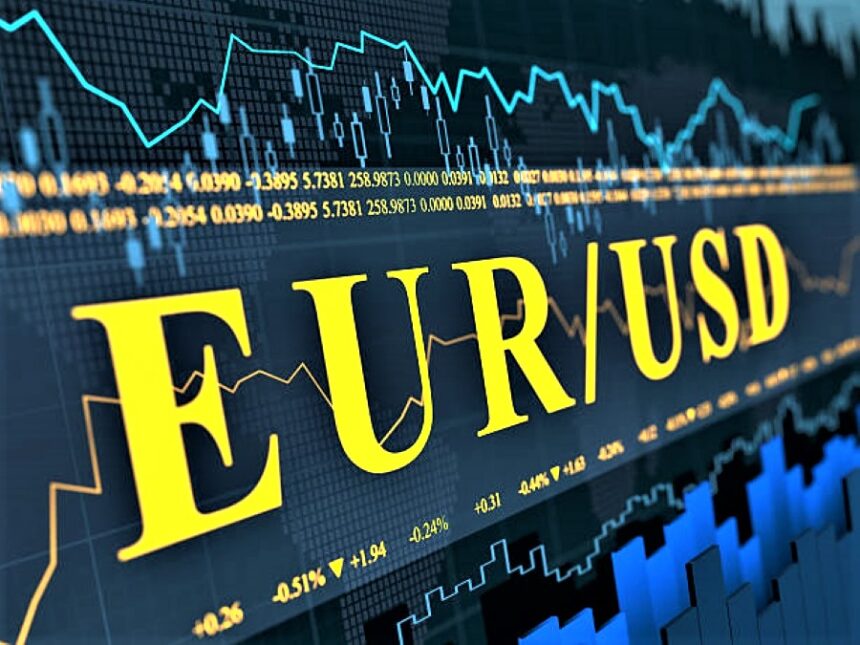Euro maintains its positive outlook in relation to the US Dollar.
Euro (EURUSD) continues to rise over the 1.0900 level.
The USD Index (DXY) continues to fall and approaches 103.00.
Following the release of US data, US yields lose their luster.
In Germany, inflation was 6.1% in the year to August.
The US ADP data missed predictions by 177K jobs in month.
The Euro (EUR) accelerates against the US Dollar (USD), causing EUR/USD to not only break over the 1.0900 barrier, but also reach multi-day highs above 1.0930 as the European trading session concludes on Wednesday.
on the other handOn the other hand, the Greenback succumbs to sustained selling pressure and adds to Tuesday’s data-driven steep reversal, causing the USD Index (DXY) to record fresh multi-session lows and threaten the crucial support 103.00 in the aftermath of Wall Street’s opening bell. Meanwhile, the dollar’s bearish price action coincides with additional declines in US rates, notably at the short end and belly of the curve.
Meanwhile, the Federal Reserve’s (Fed) tighter-for-longer stance appears to have been weakened in reaction to recent data releases, which also cast doubt on expectations of a 25 basis point rate rise at the November 1 meeting.
In contrast, there is no word from the European Central Bank (ECB) on a likely rate decision. once the summer season is over.
Market movers for the day: The Euro sets the path for more gains
The EUR maintains its weekly climb against the USD.
German and US bond rates have reversed earlier gains.
Euro investors will now turn their attention to the ADP figures.
In July, JOLTs Job Openings fell to their lowest level since March 2021.
The Fed’s tightening-for-longer mantra appears to be losing steam.
Investors believe the Fed will remain on hold for the rest of the year.
The PBoC is expected to implement further stimulus measures in the near future.
Tamura of the Bank of Japan favored the present monetary circumstances.









